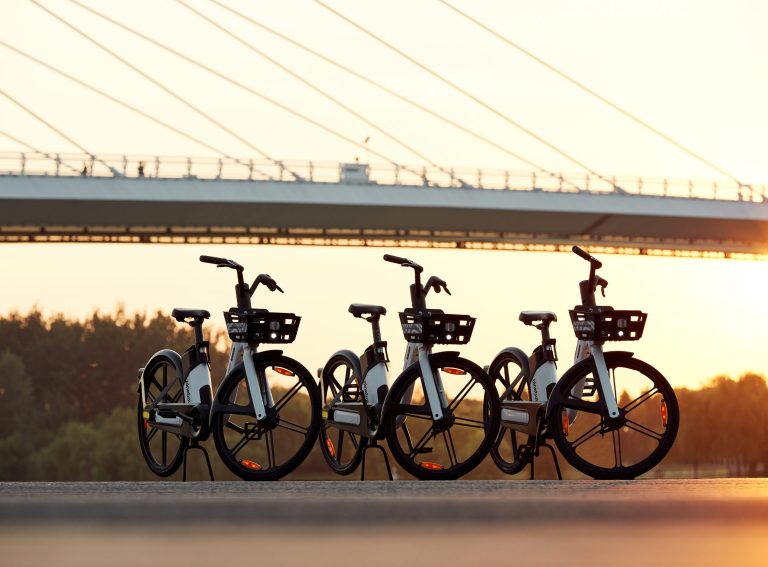Author: Hal Stevenson, Public Affairs Manager for UK and Ireland at Lime
How many electric cars does it take to stop congestion? Lime supports all investment in green transport and infrastructure, which is why we welcome the fact the government is legislating to ensure all new build homes and businesses install electric vehicle charging points.
However – while some might be designed to look like them – it’s important to understand that electric cars are not a silver bullet for the climate and congestion crises we face in our cities.
Whether they’re powered by petrol or renewable electricity, cars remain an inefficient way to transport people, or too frequently, just one person. To start, they are heavy, and therefore require lots of energy to move. And while they might not need fossil fuels to run, they certainly require them to be manufactured. Cars are also too big, and take up a significant amount of space in our cities when not being used. Wouldn’t you rather your roads were full of al fresco dining, rather than pay and display parking menus?
If we want to get serious about transforming our cities, then we therefore need to get serious about removing cars. Of course, cars are essential for some journeys, and for some people, but they don’t need to continue to dominate our urban landscapes. So what should we do instead?
Walking, cycling, and scooting provide healthier, happier and more efficient ways to move in cities, and our data shows people love them too. Whether it’s 4.5 million bike rides in London or 600,000 e-scooter rides in Greater Manchester and Milton Keynes, it’s clear that shared, affordable and green mobility is the way forward – and the transition is already underway.
In the last two years, the Government has announced investments of £2.3 billion in active and sustainable travel. These funds are helping to deliver vital infrastructure like segregated cycle lanes and low traffic neighbourhoods and school streets, that can help persuade more people out of cars and encourage greater adoption of active and sustainable travel in daily routines.
Lime has seen the positive impact of this funding first hand, from TfGM and Salford City Council’s investment in new bike lanes across our e-scooter service area, to the London Mayor and TfL’s pioneering Healthy Street’s Plan. But too often, these projects are getting caught up in local politics leaving local residents suffering with the consequences of inaction.
Effective persuasion also needs some push factors. Disincentives for driving, like clean air zones, reduced on-street parking and pedestrianisation, are an essential part of delivering a meaningful modal shift. For instance, in the week following the Mayor’s extension of the ULEZ zone in London, Lime recorded significant increases in new rider sign ups and total trip numbers on bikes and scooters.
When it comes to tackling air pollution and congestion in cities, there might not be a silver bullet, but there’s definitely a clear target. We must remove cars from our roads, and get serious about replacing those journeys with active and sustainable transport options. Funding is essential, but if we’re going to legislate for electric vehicle charging, then we must legislate for bike lanes, micromobility parking and clean air zones too.











